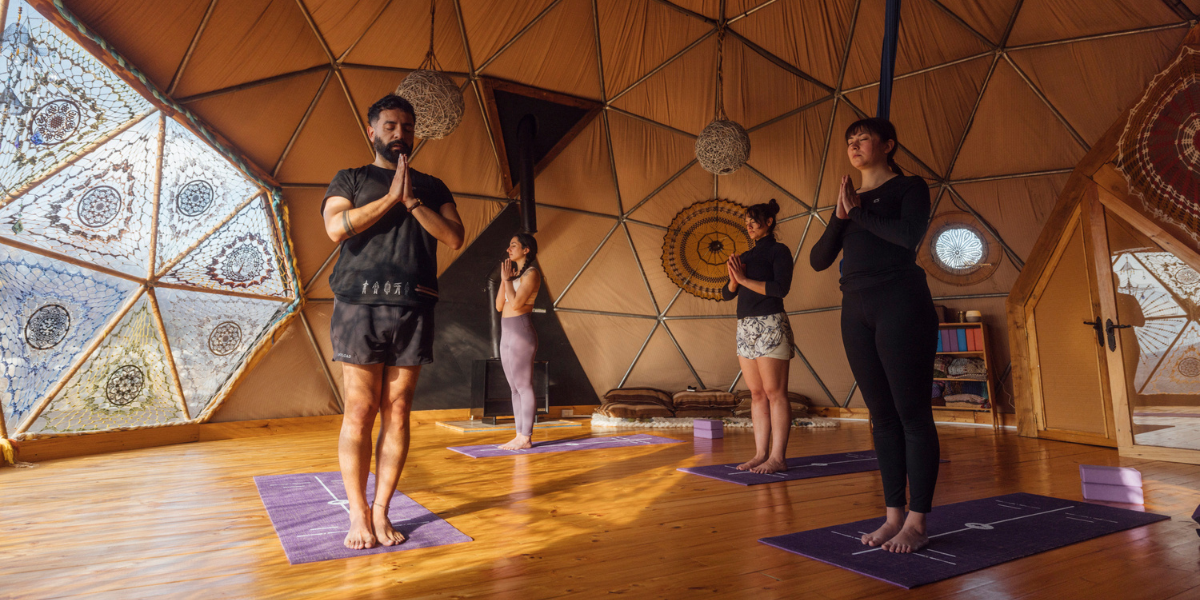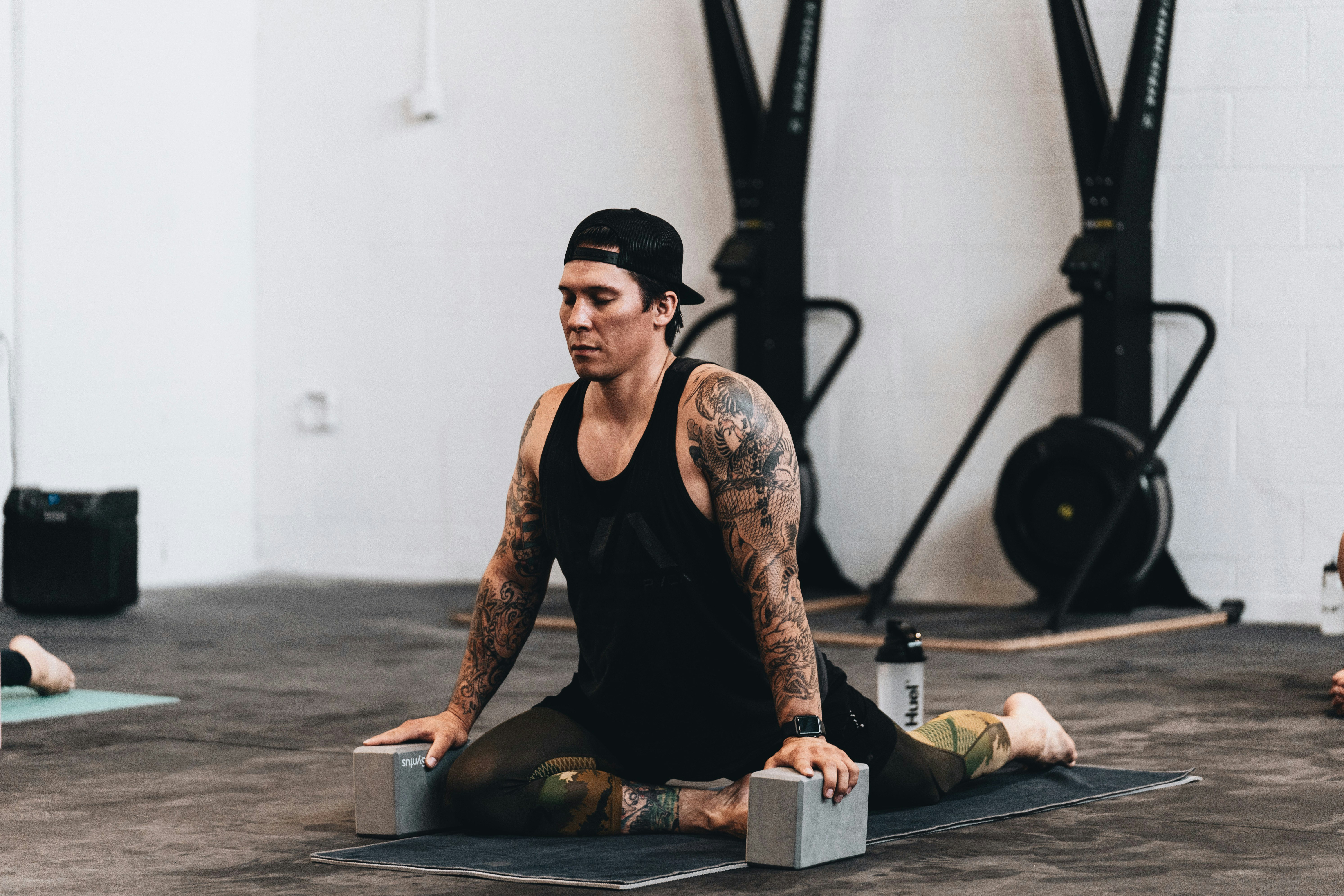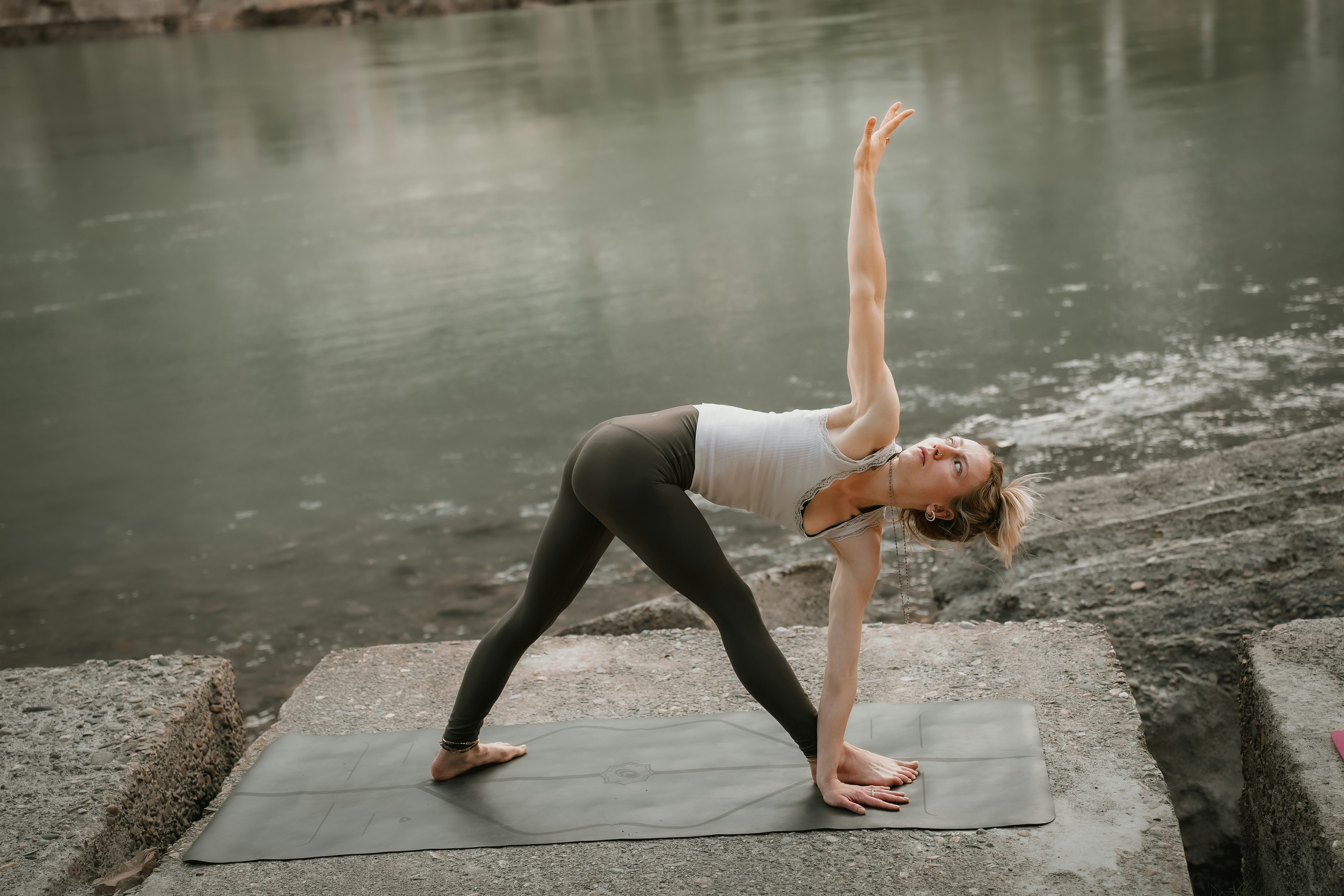Practice
Are Pranayama & Meditation the Same Thing?

As a long-time yoga practitioner, I’ve often encountered the question: are pranayama & meditation the same thing? Many people, especially those just starting on their yoga journey, are curious about whether these two practices are interchangeable. At first glance, pranayama and meditation may appear similar since they both focus on calming the mind, deepening awareness, and promoting overall wellness. However, they each serve distinct purposes and offer unique benefits.
Having practiced both pranayama and meditation extensively, I can confidently say that while they are related and complement each other, they are not the same. In this article, I’ll explain the differences between the two, share insights into how they work together, and offer my personal experience of integrating both into my practice.
What is Pranayama?
Pranayama is often described as the art of breath control. The word itself comes from two Sanskrit roots: “prana,” meaning life force or breath, and “ayama,” which means extension or control. So, pranayama is the practice of consciously controlling the breath to influence the flow of energy within the body. The practice encompasses various techniques that regulate the breath and cultivate a deeper connection to the present moment.
One of the core reasons I love practicing pranayama is its ability to focus attention and regulate the body’s nervous system. During pranayama, the breath becomes the focal point, and by consciously lengthening and controlling the inhales and exhales, I’ve noticed a profound sense of peace and balance within myself. Pranayama has helped me release physical tension, clear mental clutter, and regulate my emotions. It’s not just a warm-up or an adjunct to yoga; it’s a powerful practice on its own.
The Benefits of Pranayama
Over the years, I’ve come to understand that pranayama has a deep, holistic impact on both the body and mind. On a physical level, controlling the breath allows us to maximize the oxygen intake and improve circulation. Certain breathing techniques, such as Kapalbhati and Bhastrika, help stimulate energy and enhance focus, while practices like Nadi Shodhana (alternate nostril breathing) can balance the body’s energies and calm the nervous system.
Mentally, pranayama has a transformative effect on focus and mindfulness. By regulating the breath, we tap into the body’s inherent rhythms, which leads to a more relaxed, focused state of mind. I find that when I start my practice with pranayama, it clears away distractions and prepares me to enter a deeper, more meditative state. It’s not just about breathing; it’s about becoming attuned to the flow of energy in the body and mind.
What is Meditation?
Meditation is another cornerstone of yoga practice, and although it shares some similarities with pranayama, it serves a slightly different purpose. Meditation is a mental practice that focuses on quieting the mind and creating a space of awareness. It can involve focusing on a particular object, sound, or mantra, or simply observing thoughts and feelings without attachment or judgment.
When I meditate, I often start by sitting in a comfortable position, closing my eyes, and turning my attention inward. I begin by noticing my breath, observing its natural rhythm, and allowing my body to relax. Meditation can be a challenge, especially in the beginning, but over time, it has helped me sharpen my focus and cultivate a sense of inner peace. It’s about creating space between my thoughts and my reactions, so I can respond more thoughtfully to the world around me.
The Benefits of Meditation
Meditation has had a profound effect on my emotional well-being. It allows me to step back from the constant stream of thoughts and emotions that arise throughout the day. Through meditation, I’ve learned to observe my thoughts and feelings without becoming overwhelmed by them. I find that my reactions to stress and anxiety are calmer, and I’m more able to maintain a sense of composure in difficult situations.
On a deeper level, meditation has taught me to connect with my higher self and cultivate a sense of awareness that transcends the surface level of thoughts and sensations. It’s in meditation that I truly feel the peace that comes with letting go of mental noise and becoming fully present.
Are Pranayama & Meditation the Same Thing?
So, are pranayama & meditation the same thing? The short answer is no, but they are closely related and often complement one another. While pranayama focuses primarily on regulating the breath and controlling the flow of energy in the body, meditation is a mental practice that aims to quiet the mind and cultivate a deeper sense of awareness.
In my experience, pranayama and meditation work beautifully together. Pranayama can prepare the body and mind for meditation by calming the nervous system and creating a sense of stillness. I’ve found that when I practice pranayama before sitting in meditation, I am able to focus more deeply and enter a state of mindfulness more easily. The conscious control of the breath in pranayama helps to clear my mind of distractions, allowing me to settle into the present moment more effectively.
The Synergy Between Pranayama and Meditation
One of the most powerful aspects of yoga is how different practices build upon one another. Pranayama is often the gateway to meditation, as it can help slow down the mind and bring awareness to the present moment. I’ve noticed that by incorporating pranayama techniques such as Nadi Shodhana or Ujjayi breath into my practice, I am able to prepare my body and mind for a deeper meditation session. The breath becomes a tool for focus, and by tuning into the breath, I am better able to let go of distractions and experience a state of mental clarity.
On the other hand, meditation can also deepen the effects of pranayama. Through regular meditation practice, I’ve learned to stay more present and aware, which has enhanced my ability to control my breath and manage the flow of energy within my body. In this way, pranayama and meditation are mutually reinforcing, creating a harmonious balance between the physical and mental aspects of yoga.
Conclusion
In conclusion, are pranayama & meditation the same thing? While they share some similarities, they are distinct practices that offer unique benefits. Pranayama is a breath-centered practice that helps regulate energy and calm the body, while meditation is a mental practice that focuses on cultivating awareness and mental clarity. However, when combined, pranayama and meditation create a synergistic effect, enhancing both physical well-being and mental peace.
By integrating both practices into my routine, I have experienced profound changes in my life. Pranayama provides the foundation for deepening my meditation practice, and meditation helps me sustain the calm and focus I cultivate during pranayama. Together, they form a holistic practice that nurtures both the body and mind, making it easier to navigate life with mindfulness, clarity, and balance.










